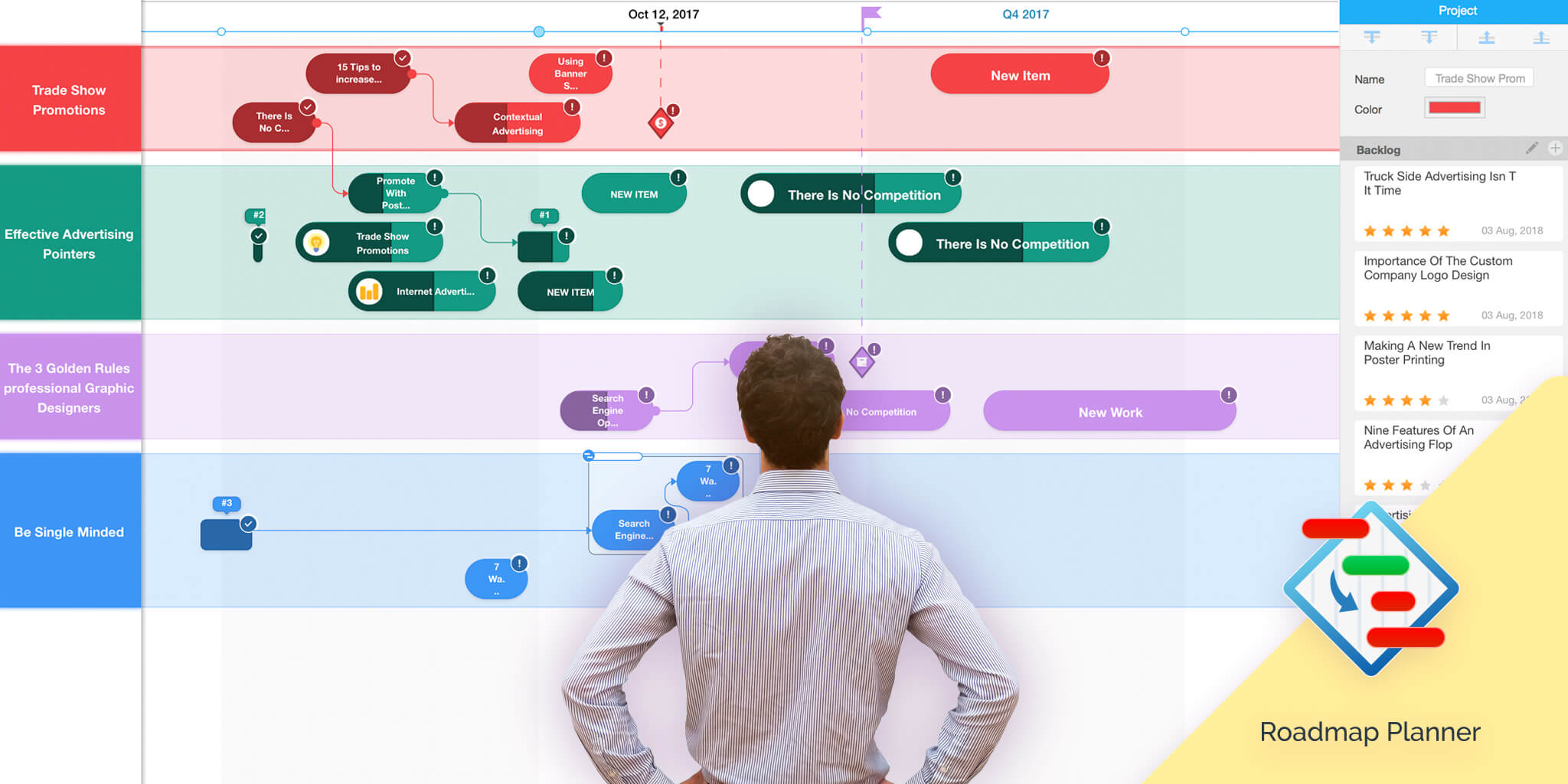
What Are the Strategic Planning Models and How to Use Them?
Reading Time: 4 minutesIf you delve deeper into professional experience of the world’s leading companies, you’ll notice that a well-structured strategy is key to success for any business. But how to create one? In our previous articles, we’ve already told you about components that have to account for your strategic plan. However, there are a lot more techniques and approaches to creating a perfect plan. Strategic planning models are among these tools.
In a nutshell, all these models come as alternative guides on how to create a strategy considering your business objectives and preferences. There are five strategic planning models for business. Today we’ll look at each of them in turn. Side note: these models can be modified according to your needs, it’s okay to combine them and find the one optimal for you.
Find your ideal blend of models using our strategic tool
1. Basic Strategic Planning Model
This technique is the most common, as it perfectly fits small organizations that don’t have enough time for planning. It also can be an ideal option for the startup phase of a business, when you hardly know where to begin. Over the years, you’ll be able to complement it with other models. It looks like this:
- Create a mission and vision of your company. This should describe the main reason of your company’s existence. You can read more about how to develop a clear business mission statement in another article on our KeepSolid blog.
- Set short- and long-term goals for your company. This helps you turn your mission and vision into reality.
- Develop action plan to achieve your goals. At this point, you should include associated plans such as marketing, operational, and financial ones.
- Monitor and update your plan. You should set dates for the audit and determine the KPIs that will evaluate your effectiveness.
2. Goal-Based Strategic Planning Model
If your company has very limited resources, this technique will suit you best. It is more dynamic and flexible than the Basic strategic planning model. It helps you to define conflicts between your goals and current hindrances of your company. The Goal-Based model includes the following phases:
- Add the SWOT analysis task to your roadmap. Understanding your Strengths, Weaknesses, Opportunities, and Threats will help you to identify your main issues and show you the right direction for changes.
- Describe your major goals. At this point you have to suggest ways of overcoming the issues that stand between you and your goals
- Create an action plan. It should be based on the solutions we’ve come up with based on the previous step.
- Update your mission and vision statements. If you find problems, there is something wrong with the vision and mission. You should at least review them, at most – rethink.
3. Alignment Strategic Planning Model
This technique helps you focus on ensuring the alignment between your company’s mission, vision, and resources. The key point is that your company’s resources have to effectively support your organization’s development. As a result, this model can help you understand what doesn’t work for your company. The phases of the alignment strategic planning model for your business are as follows:
- Outline your company’s mission, vision, and goals.
- Analyze the internal environment of your company. At this point, you should determine which of your internal processes are aligned toward achieving your goals.
- Identify which of your internal factors need adjustment and re-alignment.
- Create an action plan of changes. It could be an implementation of quality management models, or just a re-engineering of your business processes.
4. Scenario Strategic Planning Model

This strategic planning technique is essential for those who want to always be prepared for any negative scenarios in business environment and to have a backup plan for every occasion. As you can notice from its name, the main goal of this model is to identify both best- and worst-case scenarios that could affect your business, and to create a strategy that could be used to respond to these changes. This model is usually used in conjunction with other models. So, its implementation should go as follows:
- Analyze external forces. Here you have to understand which global changes can affect your company in the future.
- Think through various scenarios. Considering the worst-case ones actually motivates to be ready to fight back.
- Create potential strategies. These strategies have to correspond to the aforementioned scenarios. In order to conduct them, you should answer what your company can and should do to avoid the negative consequences.
5. Organic Strategic Planning Model
The key idea of this technique is to plan “naturally”, which makes it less systematic in comparison with other models. This approach includes regular communication with your stakeholders and discussing of the company’s values. As a result, your stakeholders develop their own ideas and play more active role in the conduction of a strategic plan. You should discuss plans in this model step-by-step and agree on what you should do next. In the end, you’re supposed to develop a strategy which consists of the group’s vision. The general phases can include the following:
- Clarify your company’s core values and goals. Your team members have to agree on each of them.
- Have a dialogue regularly. You should schedule regular meetings to discuss your company’s values.
- Don’t forget that your values are not synonymous with your goals.
- Be patient. Group decision making can take a lot of time.
- Observe, reflect, and update your plan according to the results.
Bottom line
In the end, we’d like to stress once again that there is no one-size-fits-all model that you could use for strategic planning. Every company is unique and has its own needs and goals. Find your ideal blend of models and you will improve your business workflow exponentially.
